The year 2021 will be seeing trends that may have started as hasty, purely instinctive moves by businesses in their effort to avoid folding under the weight of the effects of COVID-19. These trends may be in a holding pattern, awaiting the time that the world, and businesses, return to the old normal; but in any case, you need to be aware and adaptable to these trends to stay operational and optimize your strategy for rebuilding or getting your business over the hurdle and maximizing your growth.
What the Pandemic Taught Us Regarding Digital Marketing
What a curveball the year 2020 has been. Businesses have had to think on their feet to keep from becoming casualties of the lockdown and the rest of the pandemic-related changes that could potentially shut them down altogether.
Over the last ten months or more, important marketing lessons emerged for marketers to take on board and use as guide in redefining their survival and growth strategy for 2021.
These lessons include the following:
- Creativity can be difficult to sustain in a remote work setup. A team’s ability to sit around a table, engage one another, and spontaneously brainstorm ideas is vital for creativity.
- Agility—in particular the ability to think ahead, to be creative, and to plan strategically—can get very difficult in circumstances like the pandemic.
- Agility requires best-of-breed technology.
- Strong e-commerce and digital foundations are crucial for a brand’s survival.
- Customer analytics is a valuable component in optimizing the customer journey.
- Efficiency is even more important during a crisis.
What to Expect for Digital Marketing in 2022
The year 2021 will be mostly about fine-tuning the strategies that most companies have had to develop on the fly as well as embracing new trends that are showing a lot of promise.
Here are the 2022 digital marketing trends you should be updated on:
1. Inclusivity
Inclusion is becoming more and more important in brand messaging in this present time. Modern audiences are keen to see change in terms of equality being implemented in the content they consume by the brands they patronize.
Digital marketing in 2021 will need to embrace diversity in terms of race, religion, sexual orientation as well as cover representation for people with physical disabilities and learning disabilities. All these will need to be easily apparent in your content, be it photographs, videos, or text that appear in social media and blogs as well as in your products and services.
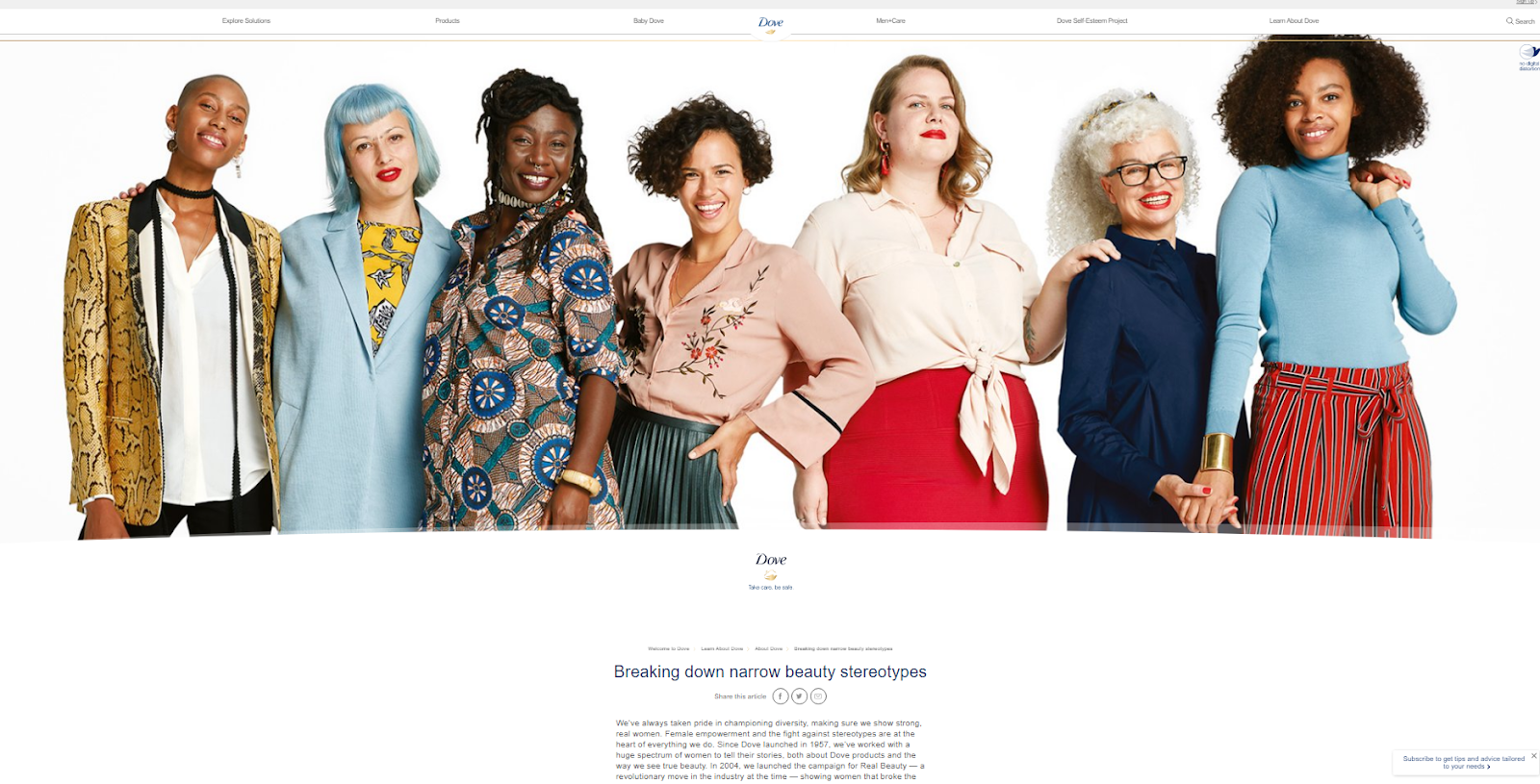
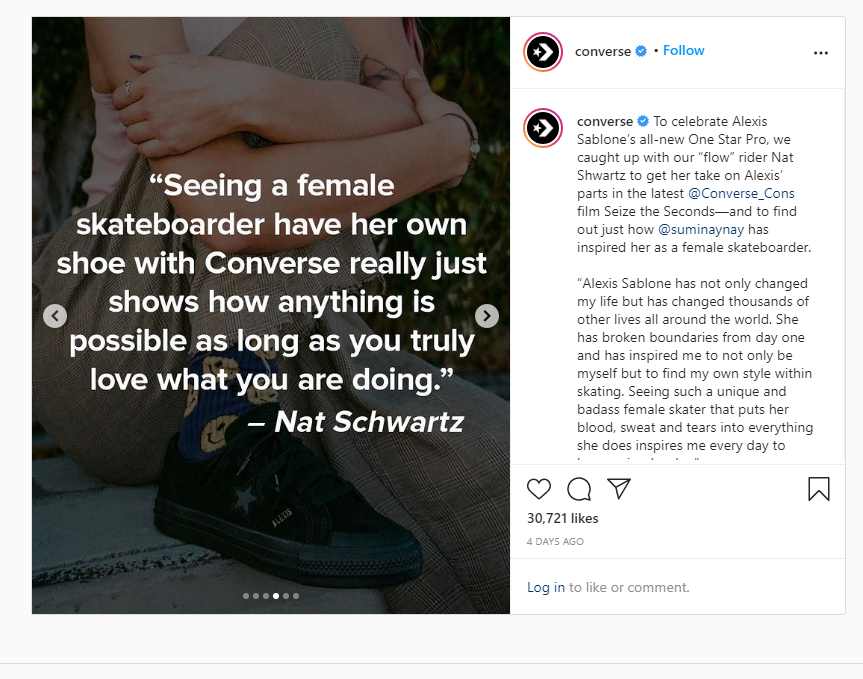
2. Position zero as the end-goal
SEO marketing trends for 2021 are prioritizing position zero above all else. Position zero is Google’s featured snippet, which works differently than other search results entries:
- It’s separated by a small box and located at the top.
- It displays additional, relevant information in an attempt to answer a user’s query without them having to click on it, hence the nickname “no-click search.”
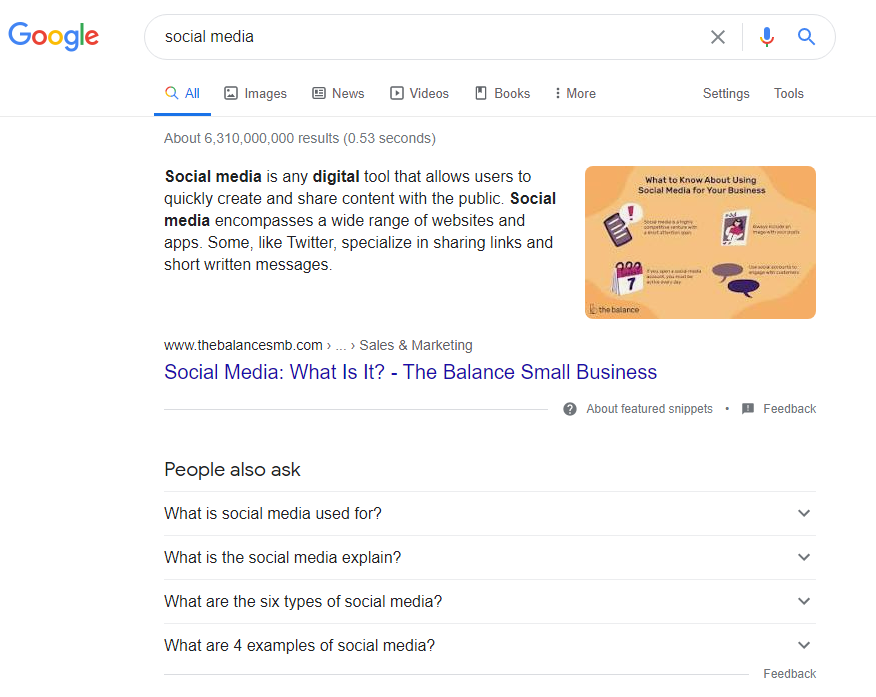
3. Interactive content
Contests, surveys, quizzes, open-ended questions, giveaways, polls, etc., can instantly make your brand more engaging. Interactive content is yet one intelligent move you can make toward personalization: Because you allow users to answer for themselves or voice their opinion, you make them feel a more personal connection to your brand. Not only that, but interactive content is also a data collection tool.
Adopting interactive content allows you to hit two birds with one stone: you increase engagement and offer an enjoyable user experience.
If nothing else, they will help increase users’ engagement time and help you rank better in algorithm-based searches and feeds.
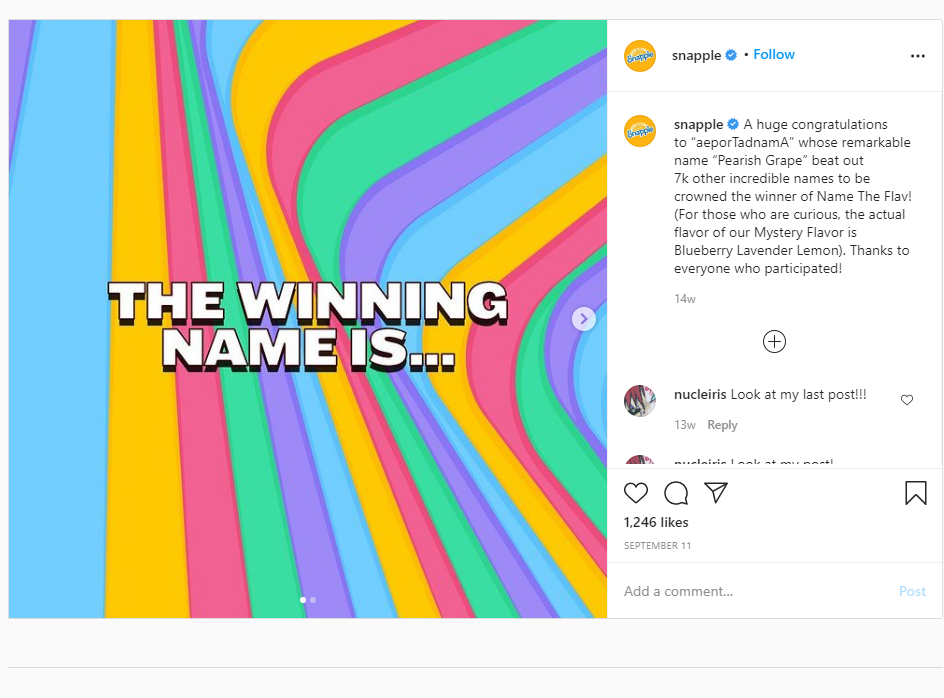

4. Image and video SEO
SEO will be as important for visual searches. If, like many people, you have seen a particular image and wanted to look it up but couldn’t describe it, then your frustration will soon be lessened. With visual search becoming more common in 2021, you can take a photo and upload it to Google, Bing, or a similar search engine. The search engine will then generate better results than the ones you’ve been getting.
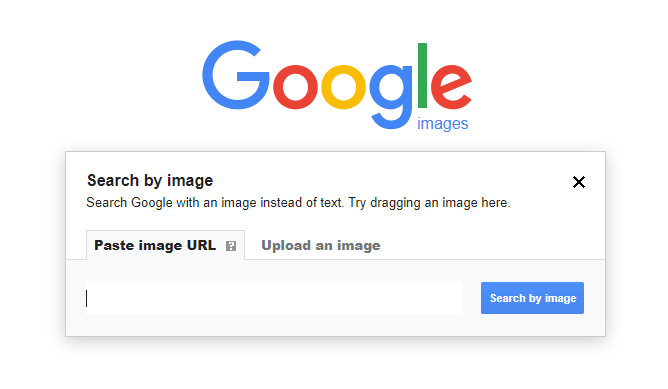

5. Social media as an important purchasing channel
Social media commerce will be getting even bigger in 2021. Consumers will be flocking to social media no longer just for discovery, but to make their purchases as well. Thanks to Facebook, the path from discovery to purchase will be much smoother, with people no longer needing to leave the platform to shop, or simply having to click a link and be taken straight to the right page for shopping. For retail brands, this means coming up with new rules to adapt to these platforms.
6. Higher expectation for brands to be better informed
By 2021, personal commerce will more or less be the norm. In this scenario, consumers will be more involved in managing their experiences with brands so that they accurately reflect their preferences at any time. Consumers who have previously engaged with your brand through your sites and channels and provided you the information you need to know about them will expect you to understand their past buying behavior so that you can help them to decide on what they should buy next.
7. Virtual events and live interactions as a permanent part of brands’ digital marketing strategy
While they may have been a kind of emergency response for some brands during the onset of the pandemic, virtual events have generated great ROI and improved accessibility. For that, they are not going away anytime soon.
Virtual events can be either broadcast or live. However, for virtual events to truly increase engagement for a brand, there needs to be dynamic communication flow. That is most likely to happen if there’s live interaction. Sure, anything that’s live always comes with a degree of unpredictability, but in the case of live interactions at virtual events, the rewards beat the risk. This is because those who attend virtual events are looking for the closest thing they can get to the live events that have suddenly become impossible to organize.
Essentially, you will now need to be able to do more than just meet consumers where they are. You also have to be able to tell them what they want and when they should get it. It’s important to be able to predict what your shoppers want to see next and to understand where these shoppers are in their buying cycles. This makes it possible to predict the time they’ll be more likely to buy.
Conclusion
The year 2021 may still carry some of the apprehension from 2020 for a number of businesses, but it will also be a year of building on what had been cobbled together on such short notice. This year’s trends may shift, given the unpredictability around the pandemic, but it’s prudent to understand them and keep up with them in order to be able to make any necessary business-critical adjustments.
Want to make your mark in 2021?
Contact Purple Cow to explore how you can stand out from the herd with our cost-saving, scalable, promptly delivered solutions.



